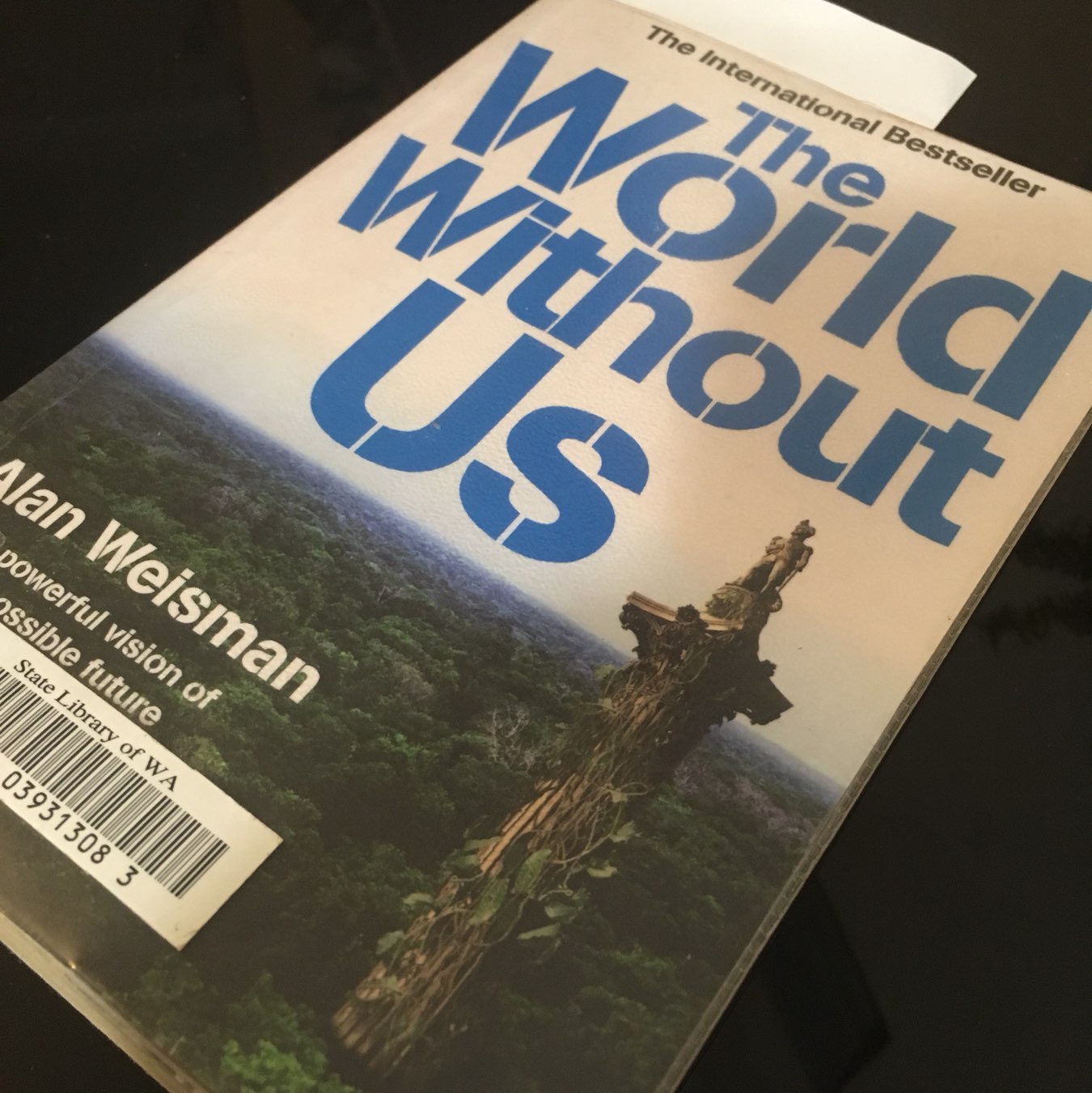Sudoku has become my holiday pastime of choice after it was explained to me how to play. Last summer was crosswords; now it’s all about the numbers.
Sudoku has become my holiday pastime of choice after it was explained to me how to play. Last summer was crosswords; now it’s all about the numbers.
@cdevroe Thanks for the link reference. Does us both remembering Adam Curry and Senseo (and maybe Roger Smalls?) mean we have to go sit in the old man corner together?
With a hat tip to Gabe Weatherhead at MacDrifter who put together his list of favourite Mac applications for 2017, I am following suit.
Third party apps are what make a platform great. Despite the macOS ecosystem perhaps not being as vibrant as it once was, it is still served by a wonderful cohort of professional and hard-working developers. Even though I’ve bought their apps, I sometimes feel I owe them more because using their software is what makes using my Mac both fun and productive.
There’s a long tail of apps I use beyond those included in this list. Yet these I have detailed below are those I used extensively in 2017 and that I value and enjoy. These are the apps that I would most miss if they suddenly went away.
Online security is no joke. It’s easy to dismiss password hygiene as tin-foil hat material, but when you think how much of our lives are conducted online, I don’t want a veneer of security — I want an ironclad guarantee. 1Password guarantees I can have unique complex passwords for every site that I maintain an account. I have no idea what any of these passwords are. But I do know my password to unlock 1Password. After that, it’s nothing but ⌘-\ to long me in anywhere.
1Password for Families | US$4.99 per month
I’ve waxed lyrical about OmniFocus before. Without this app there is no way I would be able to keep all my balls in the air. As much as parts of its design frustrate me, and the pace of its development is glacial, it works. Every day it delivers value by making my life easier. There are sexier to-do apps out there, but OmniFocus is rock solid.
OmniFocus Pro | US$79.99
My wife doesn’t have Launchbar installed on her MacBook. So when I try to use it, I feel lost. After years of use Launchbar feels an extension of the operating system and is completely engrained in my muscle memory. I switched to Launchbar years ago after Quicksilver became unstable and I’ve stayed ever since. I know others swear by Alfred, but I’m definitely a Launchbar guy.
Launchbar | US$29
I love this app even though I do have to work hard to find a truly worthwhile use for it. I definitely underuse Bear, but I really like it. For the emotional response, I’m keeping it in my list. But there is still a nagging feeling that between Apple Notes, Ulysses and DevonThink Pro, I really shouldn’t need this app. But it is really nice.
Bear | US$14.99 per year
My key authoring application in which I write blog posts, work reports and other bits and pieces. For report writing as part of my day job Ulysses has this year supplanted Scrivener. For my blogging, Ulysses has withstood challenges from Bear and MarsEdit. It is a wonderful writing app and I enjoy that I have access to it through my Setapp subscription. If I didn’t have Setapp, I would subscribe to Ulysses directly without a moment’s hesitation.
Ulysses | AU$54.99 per year
The archive. The place I keep all my reference, research and archival material. I don’t use it for all that it can do; for instance I don’t create documents in DEVONthink despite it having the ability to do so. But for archiving, storing and searching, nothing beats it.
DEVONthink Pro | AU$104.13
This is a cross-platform Java app, so it’s ugly as sin. It’s also about the only share market application available for Mac. Fortunately it works well and gives me all the information I need to track my portfolio.
StockMarketEye | US$99.95
I have never given up on RSS, even through the dark days after the Google Reader shutdown. I love the independent web and follow a range of sites religiously. On the Mac Reeder is the best way to do this.
Reeder | US$9.99
PDF Expert has replaced Preview for PDF viewing and editing. Preview’s editing toolbars have always been inscrutable to me whereas PDF Expert makes sense. The bugginess that was introduced to the PDF engine in MacOS Sierra was the final nail in the coffin and ensured my switch to PDF Expert.
PDF Expert | US$65.99
While the native Mac calendar app has improved, I still prefer having more power and flexibility to manage my calendars. While Fantastical always gets the glory as the sexy third party calendar option, BusyCal blends in and does the job quietly and effectively. I use this app daily. Its ability to save and restore different calendar sets give me helpful insights into my scheduled life.
BusyCal | US$49.99
I’ve had a play with MarsEdit, but I don’t think that it is right for me. I’ve written a quick overview of my experience.
I am writing this post in MarsEdit. MarsEdit is an app that I have always wanted to use, but never really have found a place for it. Now, with the new version released I thought I’d download it and give it a spin as part of the 14-day trial developer Daniel Jakult offers.
Recently I have been writing blog entries in Ulysses, which is great in that it uses iCloud for syncing and has clients for the Mac and iOS. So writing can be done anywhere. It also has a Wordpress publishing engine so I don’t need to mess around to get my words on the web. Finally, Ulysses uses a flavour of Markdown which I am becoming much more proficient in using. Of course, I also already have a licence for Ulysses as part of my Setapp subscription.
MarsEdit is a much more traditional blogging platform. It defaults to rich text, it is Mac only, and it is more ‘feature rich’ than Ulysses. It offers a two-way connection to Wordpress, meaning it can download an archive blog posts in addition to simply publishing which is the limit of the Ulysses offering. With my current workflow, if I need to make an edit to a published post I have to go to Wordpress on the web and make the change. From that point on, my local copy on Ulysses is out of date; there is no concept of syncing - it just publishes. MarsEdit is fully sync-compliant so I can fix those pesky mistakes and maintain a single source of truth.
I do wish it had an iOS application, though. I imagine its code base is too entrenched in the Mac world to easily transition it to iOS, but it would be great to have a synced solution. This is where Ulysses excels - I can pick up the writing from where I left off from any device.
The other thing is typing in rich text. While ‘normal’ people prefer this (think users of Microsoft Word, which is rich text throughout) for blogging I do tend to prefer using plain text and Markdown. The code is apparent, I know what is happening, and it is easy to read. My experience with rich text transitions to HTML is that things go wonky. Of course, MarsEdit can edit in plain text and apply a Markdown filter, but it doesn’t seem like its natural mode of operation.
As I write this, I have been stumped as to how to add a footnote without resorting to pure HTML. In Ulysses with Markdown, this is an easy thing to do. In MarsEdit, it’s not apparent.
Using MarsEdit for this post has been an interesting adventure, but at this stage and for the type of blogging I do, I don’t think this app is for me.
How did you spend your Monday night? I spent mine reorganising cables in the TV cabinet. Living large.
Back working at the library today. My crappy work-supplied Microsoft Surface lasted about an hour before the battery died. Meanwhile, my iPad and trusty 2013 MacBook Pro are still going strong. I have to use Windows for one insane VB-based Word template. It’s terrible.
Considering an upgrade to Google Wifi. Currently I’m relying on an AirPort Extreme and a second AirPort Time Capsule. I have Ethernet backbone but the wireless handoffs are unreliable. Wondering if a mesh network would make a meaningful difference.
I only gave up on Facebook last week but I’ve missed it not a bit and have recovered time that is being put to better use. www.theverge.com
Man about town.

“If they hadn’t provided me with a ☕️ stat, I was prepared to blow the joint up.”

Just updated my /now page.
Selfie fun in the city.

Makers vs. Managers discussed at Farnam Street Blog. I’m predominantly a maker, and those long time blocks needed to reach deep focus are critical and generally under-appreciated by others.
I’ve bought Braintoss for iOS as an adjunct to OmniFocus. I just discovered the ISBN search it offers: take a photo of an ISBN and it provides you an email with the name and synopsis of the book. Pretty cool!
I just deactivated my Facebook account. Just so sick of the combination of junk and negativity. I don’t need that.
I’ve been a FastMail customer for almost a year. Now I’m finally transferring contacts sync to them and shutting down iCloud contacts sync.
I had a sandwich for breakfast, a steak for lunch, and now I’m eating cereal for dinner. The whole world has gone topsy-turvy.
Date night so we went to see Thor Ragnarok. I had no expectations going in and knew nothing of it having not seen any Marvel movies for a while. But I’m giving it 👍🏻👍🏻 up.
Early into this book recommended by @manton but so far I’m enjoying the thought exercise.
